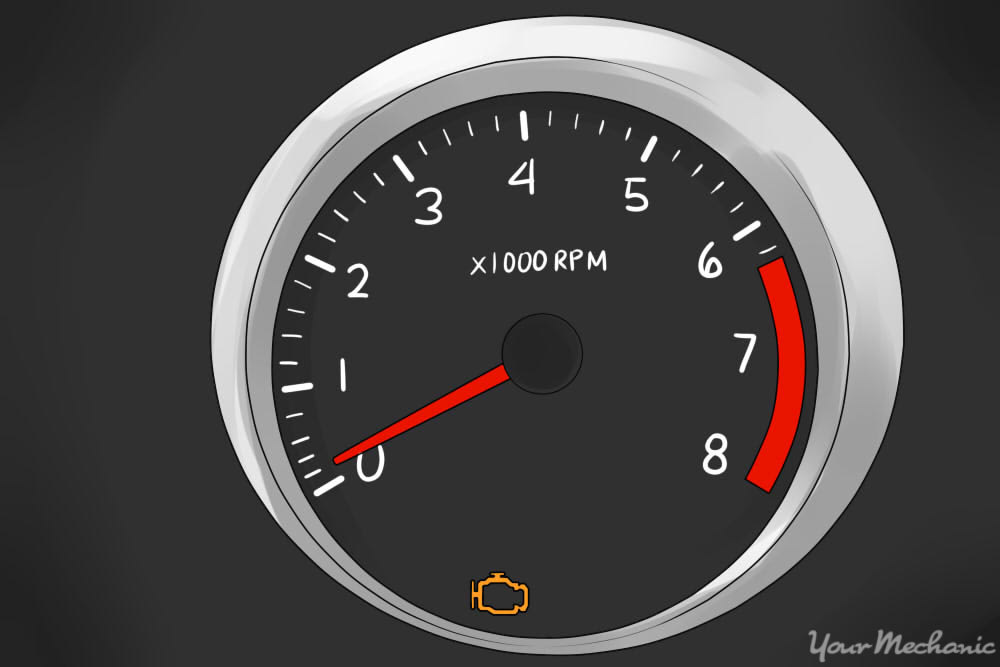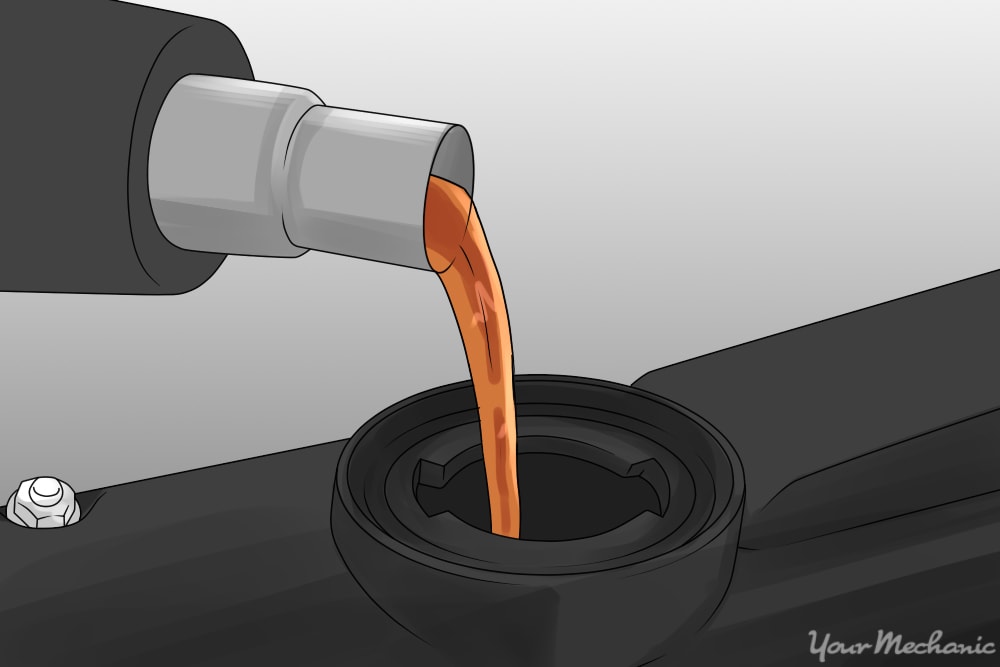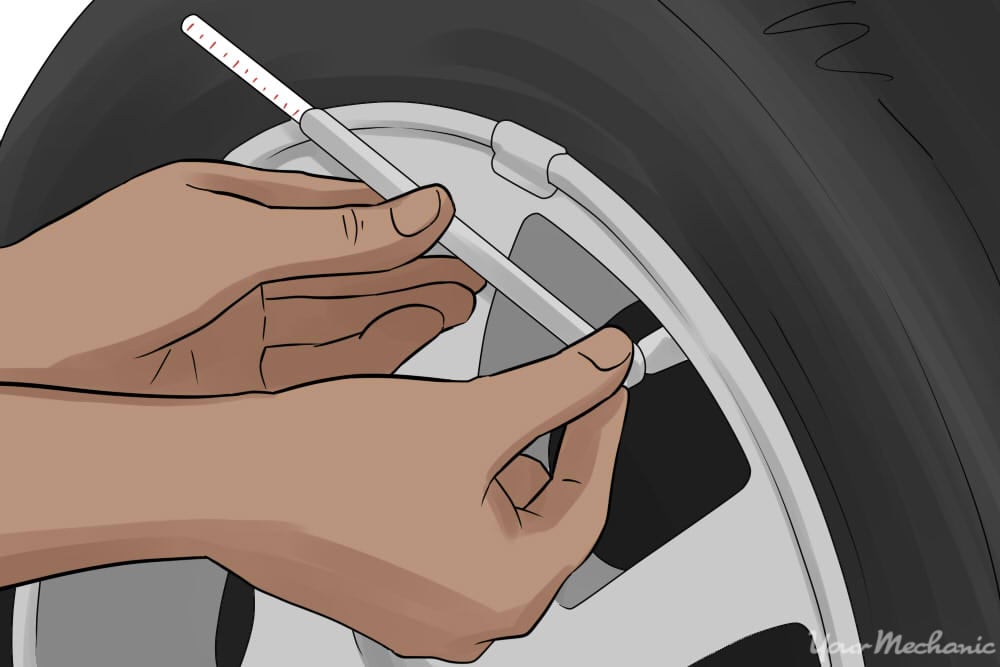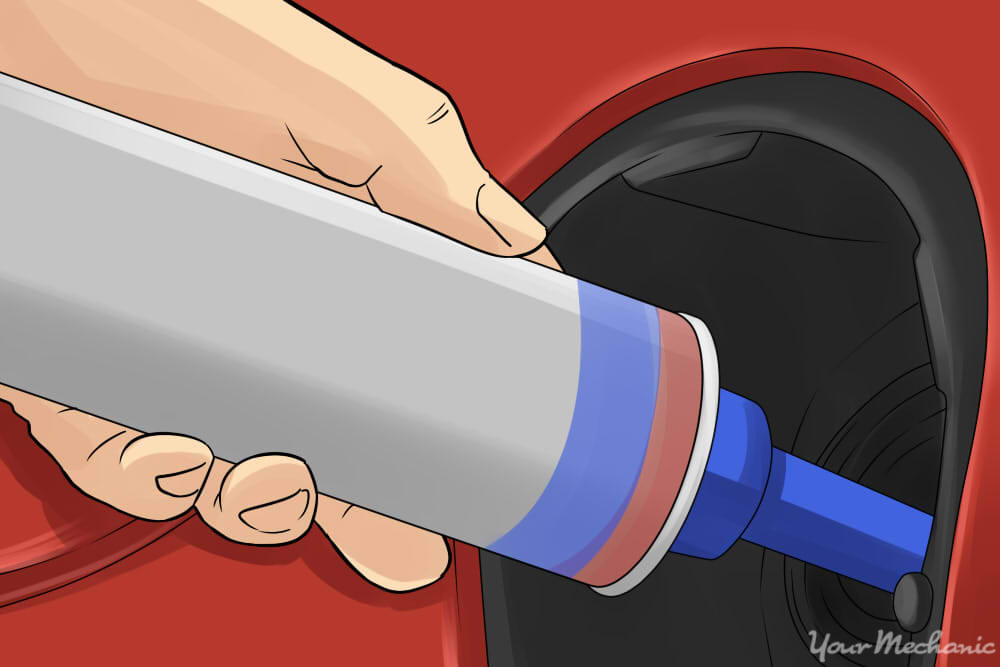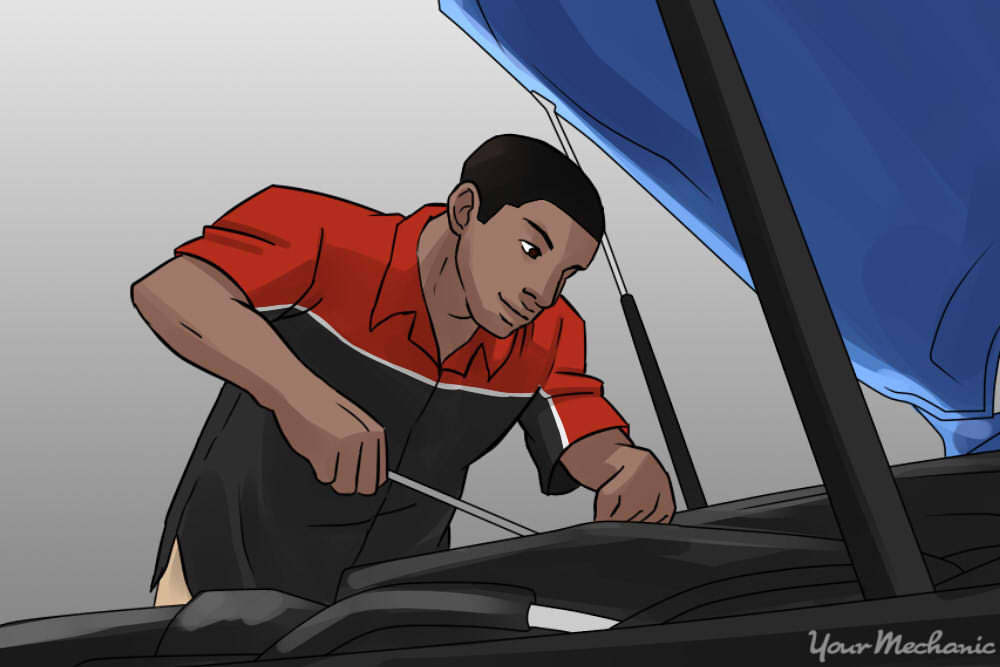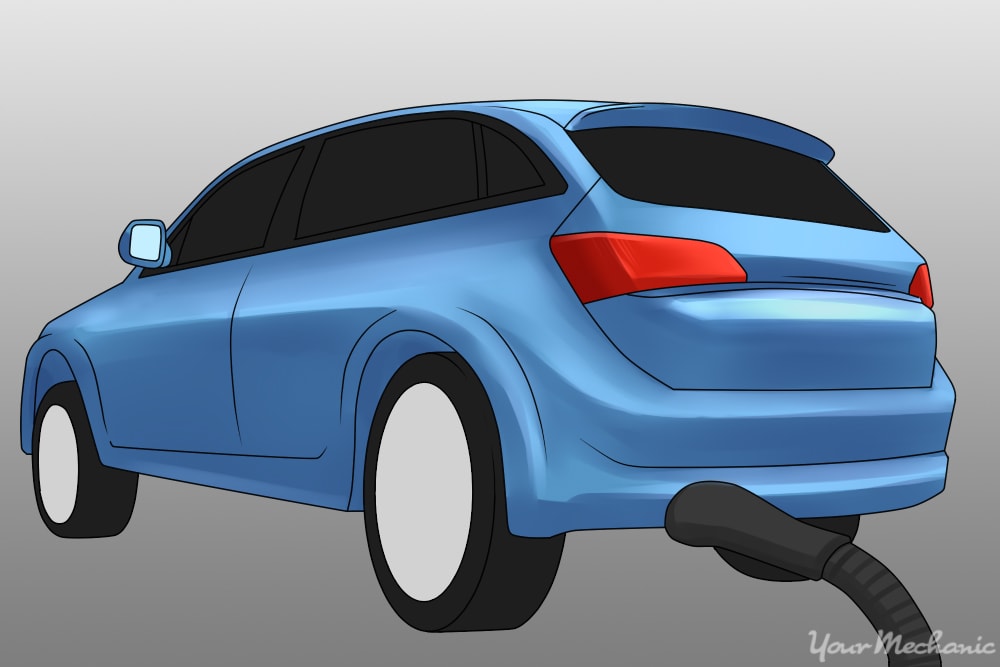

Nobody wants to fail an emissions or smog test: it means you have to figure out what caused the failure and get it fixed. Then you have to return for a re-test.
Smog tests are required by most states before a registration renewal. Requirements vary by state: in some states you have to pass a test on a yearly basis, others may require a test every two years. Still other states may require the car to be a certain age before a test is needed. You can verify your state requirements at the local DMV.
Smog or emissions testing was introduced in the 1970s when the Clean Air Act went into effect. Smog checks verify that a vehicle’s emissions system is working properly and the vehicle is not pushing pollutants into the air.
If you are concerned that your vehicle may not pass its next smog test, there are steps you can take to increase the odds of a passing grade. Following are a few tips for making sure your vehicle gets a clean bill of health at the next smog test.
Part 1 of 1: Getting your vehicle ready for an emissions test
Step 1: Clear the Check Engine Light if it is on. The Check Engine Light is almost entirely related to your emissions system.
If this particular warning light is on you will need to the get the vehicle inspected and repaired before taking it in for a smog test. In almost all circumstances, the vehicle will fail if the Check Engine Light is illuminated.
One of the most common reasons that the Check Engine Light will come on is a failing oxygen sensor. The oxygen sensor monitors the gas/air mixture being sent into the fuel injectors so the mixture can be adjusted if it is running rich or lean. A failing oxygen sensor will cause a smog check failure.
Replacing an oxygen sensor is a relatively affordable repair. Ignoring an oxygen sensor failure can lead to catalytic converter damage which is a very expensive repair.
The takeaway here is to repair any issues related to the Check Engine Light before heading to the smog test.
Step 2: Drive the vehicle. The car should be driven at highway speed for roughly two weeks before taking it in for a smog test.
Driving at higher speeds will heat up the catalytic converter enough to burn out oil and gas residues. The catalytic converter converts harmful emissions before they exit out the tailpipe.
City driving doesn’t let the converter get hot enough to completely do its job, so taking it out on the highway will burn off the gas and oil residue in the converter. This will help the vehicle pass the smog test.
Step 3: Have the oil changed before the smog test. While this will not guarantee a passing result, dirty oil can release additional pollutants.
Step 4: Have the vehicle tuned up about two weeks before the test. Have all filters changed and ask the mechanic to inspect all hoses to make sure there are no cracks or breaks.
- Note: In many cases, a mechanic will disconnect the battery while performing a tune-up, which will reset the vehicle’s computer. The vehicle then needs to be driven for a couple of weeks so there is enough diagnostic data for the smog test.
Step 5: Check the tires to make sure they are properly inflated. Most states will run a dynamometer test on the vehicle, which puts the vehicle tires on rollers so the engine can run at high speeds without moving.
Under-inflated tires will make the engine work harder and could affect your results.
Step 6: Inspect your gas cap. The gas cap seals the fuel system, and if it is cracked or not fitted properly, it will trigger the Check Engine Light.This will cause your vehicle to fail the smog test. If the cap is damaged, replace it before the test.
Step 7: Consider using a fuel additive, which can help lower emission levels. Fuel additives are usually poured directly into the gas tank when filling up the car.
Additives clean out the carbon deposits that build up in the intake and exhaust system. This can also help the vehicle pass the smog test.
Step 8: Take your car in for a pre-test. In some states, smog check stations will do a pre-test.
These tests check the emissions system just like the standard test, but the results are not recorded with the DMV. This is a surefire way to verify if your vehicle will pass.
While there is a charge for a pre-test, if you have serious doubts about your car’s chances of passing doing a pre-test is highly advised. This way you can get the car repaired before doing the official test.
Step 9: Drive the vehicle at highway speeds for at least 20 minutes before you arrive at the smog test station. This will warm the vehicle up and make sure it is running properly. It also warms up the combustion and emission system before the test.
Step 10: Have any issues fixed by a licensed mechanic if your vehicle fails to pass the emissions test. Our experienced mobile mechanics would be happy to come out to your home or office to do the necessary repairs or adjustments to make sure you pass the smog test the second time around. If you take the time to make sure your vehicle is prepared for an emissions test, you won’t have to deal with the anxiety and potential embarrassment - not to mention the inconvenience - of failing the test. Hopefully with the steps listed above, you will be able to get your vehicle ready to pass the emissions test with no problem.


